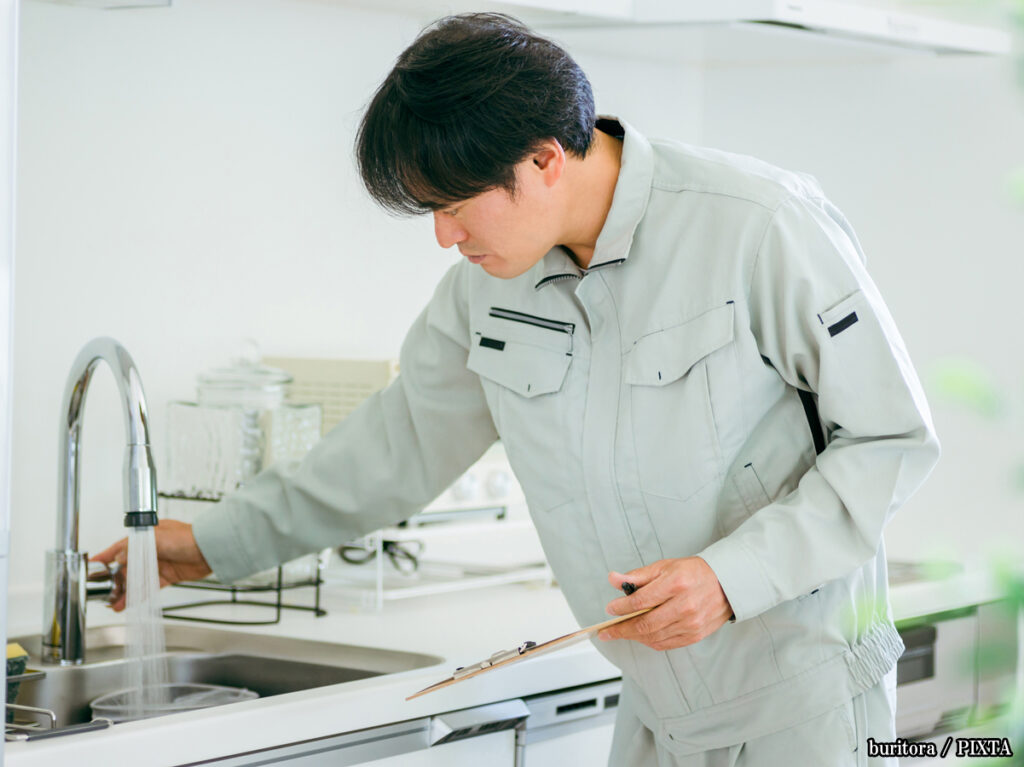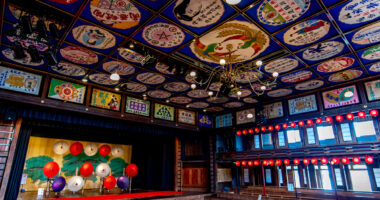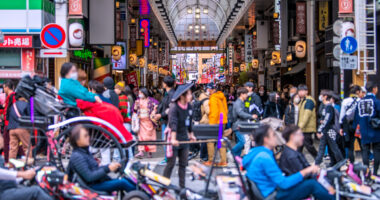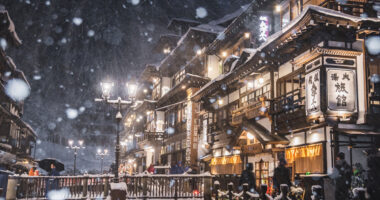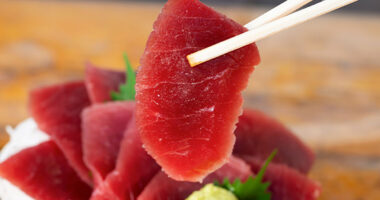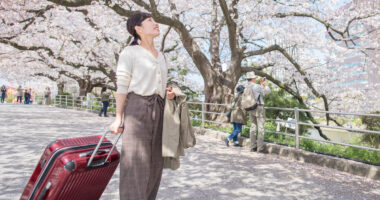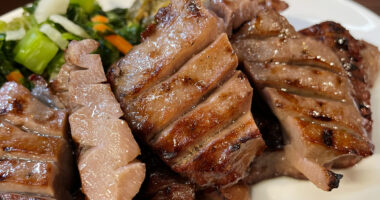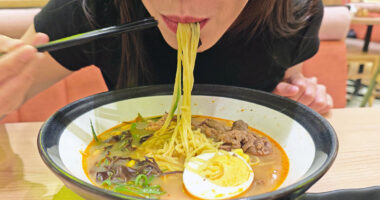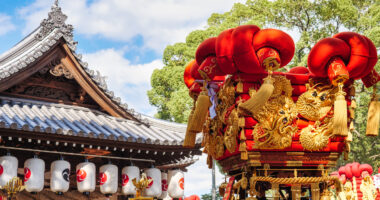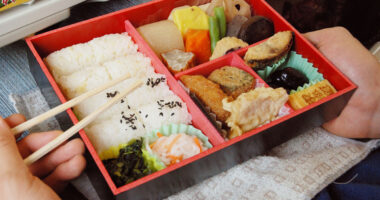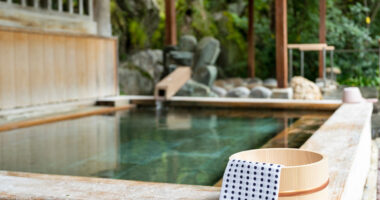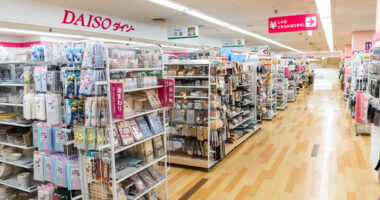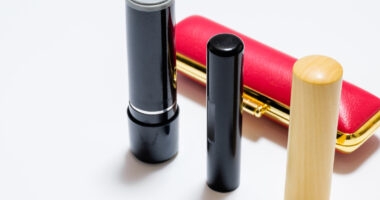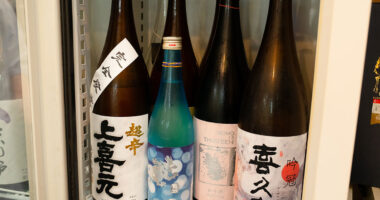When traveling to a new country, one of the first questions many people ask is whether it’s safe to drink tap water. In some places, bottled water is the only safe option. In Japan, the answer is unequivocally yes. Japan’s public water system is considered among the cleanest and most reliable in the world, offering a safe, accessible, and cost-free way to stay hydrated throughout your trip.
- Can you drink tap water in japan? The short answer
- Why Japan’s tap water is safe: purification standards and quality control
- Tap water vs bottled water: Which should you choose?
- Where to fill your bottle: airports, hotels, and public spots
- Regional notes: Are there any areas to be cautious about?
- Final thought: Save money and stay hydrated with confidence
Can you drink tap water in japan? The short answer
Yes—you can drink tap water anywhere in Japan, whether you’re in Tokyo, Osaka, Kyoto, or a small countryside town. It’s held to strict national water quality standards comparable to those in Europe and North America, thanks to rigorous purification and constant oversight. The result is water that’s not only safe, but consistently clean and often pleasant to drink.
Why Japan’s tap water is safe: purification standards and quality control
Japan’s high-quality tap water is no accident: it’s the result of the country’s sustained commitment to and investment in public health and infrastructure.
- Stringent regulations:
Japan adheres to rigorous water quality standards that are comparable to—and in some cases exceed—those in many Western countries. The Ministry of Health, Labour and Welfare sets detailed, nationwide guidelines for water purity. - Advanced purification methods:
Water is treated through sedimentation, filtration, chlorination, and in some areas, ozone or UV disinfection to eliminate harmful bacteria, viruses, and other contaminants. - Regular testing and monitoring:
Water quality is tested throughout the supply chain, from source to tap. Local bureaus carry out frequent checks and respond swiftly to any issues. - Well-maintained infrastructure:
Japan’s water infrastructure, including pipes and pumping stations, is carefully maintained and routinely upgraded to prevent contamination. - Widespread public trust:
The majority of residents drink tap water daily, especially in urban areas, which is a reflection of confidence in its safety and consistency.
Tap water vs bottled water: Which should you choose?
For travelers, the choice between tap water and bottled water often comes down to personal preference, cost, and environmental considerations.
Tap water
- Pros:
Free, widely available, environmentally friendly, and completely safe. In many places, it’s also cold and clean-tasting straight from the tap. - Cons:
Some people may notice a faint chlorine taste, depending on the region or their sensitivity.
Bottled water
- Pros:
Easy to buy on the go, and may feel more reassuring for those unfamiliar with local tap water. Japan offers a wide selection, including mineral and spring waters. - Cons:
Typically costs 100–200 JPY per bottle, creates plastic waste, and is rarely necessary given the quality of the tap supply.
In most situations, tap water is the more sustainable, budget-friendly, and equally safe option.
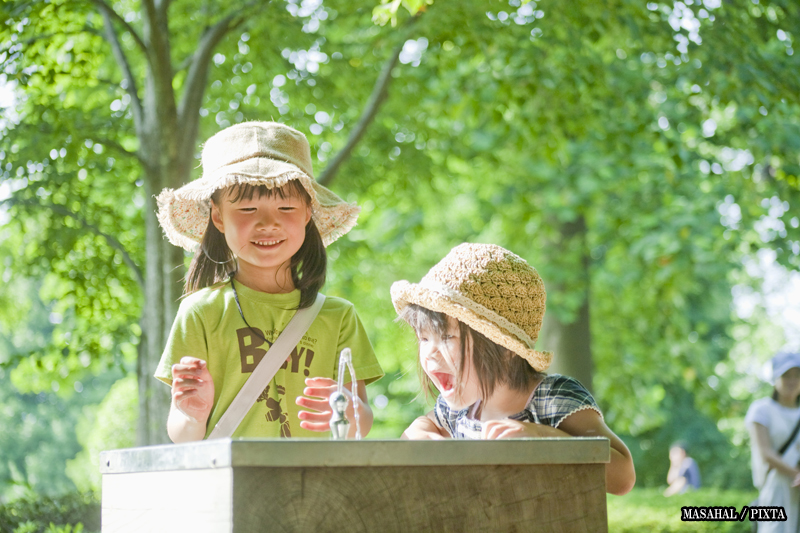
Photo for illustrative purposes
Where to fill your bottle: airports, hotels, and public spots
Staying hydrated in Japan is remarkably easy, even without constantly buying bottled water. Tap water is widely available in homes, hotels, and some public spaces, and carrying a reusable bottle makes refilling convenient throughout the day.
- Hotels:
Virtually all hotels in Japan provide safe tap water. Guest rooms often include electric kettles if you prefer hot drinks. - Airports:
Major hubs like Narita (NRT) and Haneda (HND) offer water fountains or refill stations after security. - Train stations:
While dedicated fountains are rare, restrooms typically have potable tap water. Larger stations may also have cafés or drink stands where you can ask for a refill if you’ve made a purchase. - Public restrooms:
Department stores, shopping malls, and tourist sites almost always have safe tap water available. - Convenience stores/cafes (if you’re a patron):
If you’ve made a purchase, staff may be willing to refill your bottle, especially in sit-down cafés.
Carrying a reusable bottle is highly recommended to take advantage of these options and reduce plastic waste.
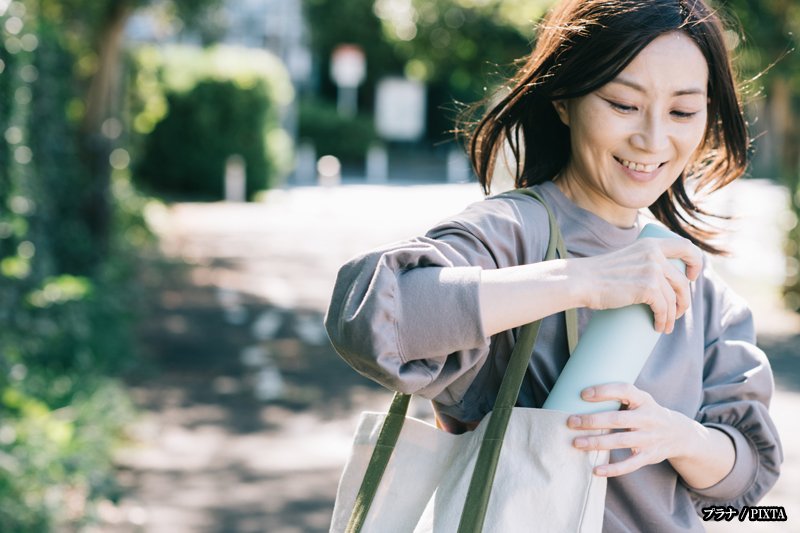
Photo for illustrative purposes
Regional notes: Are there any areas to be cautious about?
Under normal conditions, tap water from the public supply is safe across all of Japan’s regions. Advisories are rare and are widely publicized if they occur, typically after a significant natural disaster.
- Very rural areas/mountain springs: In extremely rural or mountainous areas, natural springs or untreated outdoor taps may not be part of the regulated municipal supply. Use the same judgment you would anywhere: if it’s not clearly marked as safe drinking water, avoid it.
Unless a rare advisory is issued (and widely communicated), you can trust the tap water wherever you travel in Japan.
Final thought: Save money and stay hydrated with confidence
For any visitor to Japan, embracing the nation’s high-quality tap water is a smart choice. It offers a simple way to save money, reduce plastic waste, and stay hydrated with complete confidence. By carrying a reusable bottle and taking advantage of the free, safe water in hotels, airports, and public facilities, you can enjoy a more sustainable and budget-friendly journey. Don’t hesitate to fill up wherever your travels take you—the water is clean, safe, and ready to drink.
